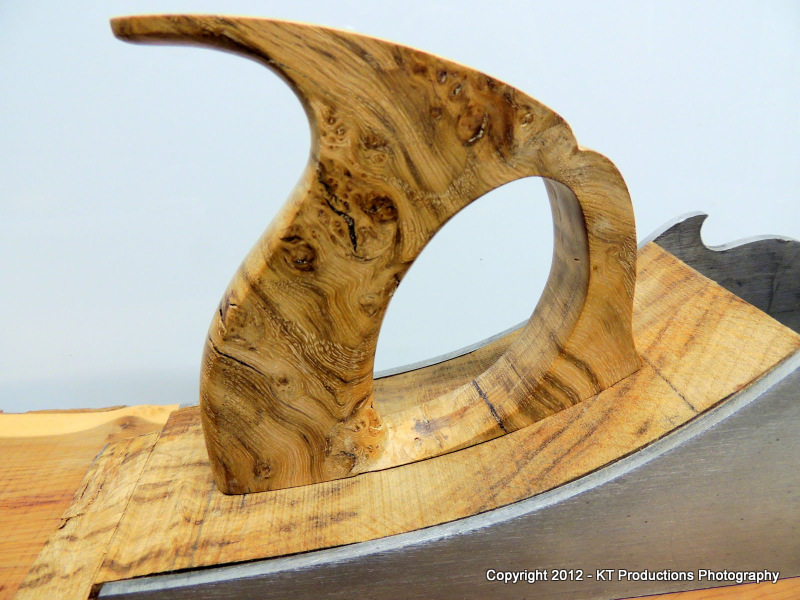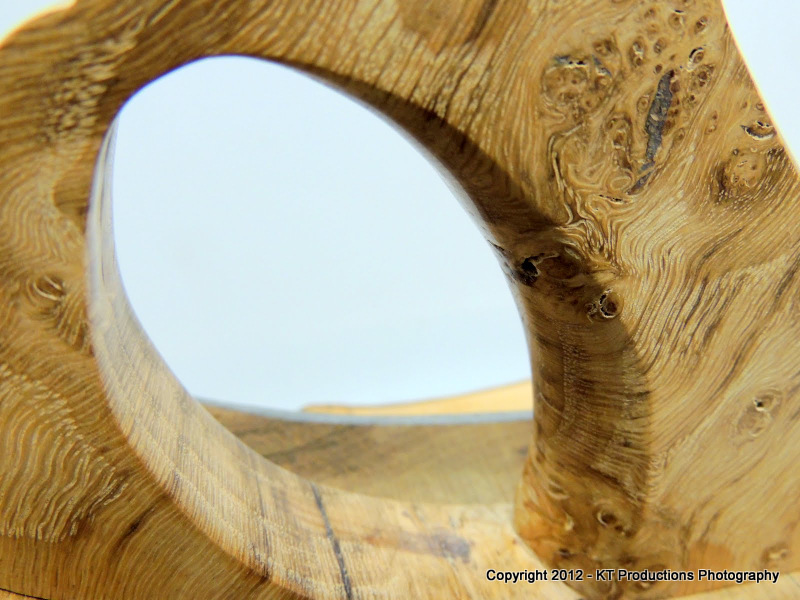jimi43
Established Member
Cheers Andy...but remember...this is my first attempt at one of these so I would hope the balls ups are more help than anything else mate! :mrgreen:
Just looking at the R.Welch of Richard's one above...methinks he was being extremely modest in his woodie infill abilities too! Eh Richard! 8)
I did a bit of research on the bevelling and came to the conclusion I actually like Norris' solution...don't bevel the cupid's bow bit at all...a point that Karl copies in his beautiful A1....

Picture from the Holtey Plane website...
The rear is just as Karl does it too so shall we just go with shamelessly copying Thomas and Karl? Seems a cheek not to! 8)
Jim
Just looking at the R.Welch of Richard's one above...methinks he was being extremely modest in his woodie infill abilities too! Eh Richard! 8)
I did a bit of research on the bevelling and came to the conclusion I actually like Norris' solution...don't bevel the cupid's bow bit at all...a point that Karl copies in his beautiful A1....

Picture from the Holtey Plane website...
The rear is just as Karl does it too so shall we just go with shamelessly copying Thomas and Karl? Seems a cheek not to! 8)
Jim








































